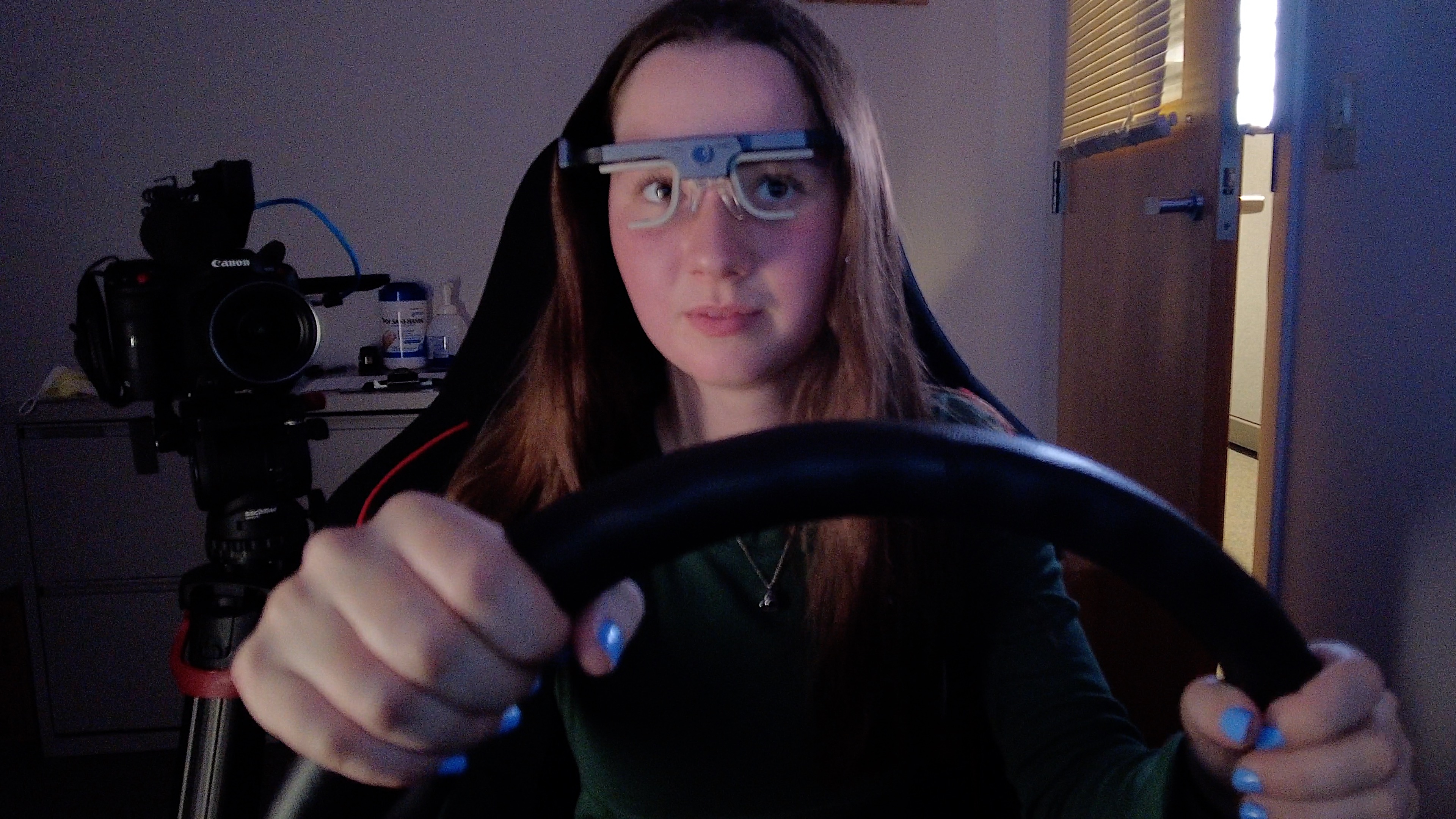Attention-deficit/hyperactivity disorder (ADHD) affects millions of people worldwide. We know more about ADHD than we used to, but there’s still a lot left to learn. Here are some exciting new discoveries from NIH-funded research and opportunities to get involved.
ADHD brains look a little different
We know that certain areas of the brain can look and function differently in people who have ADHD, and scientists have found that certain genes play a role in these differences. But that doesn’t tell them exactly how these genes contribute to ADHD symptoms.
A team at the National Human Genome Research Institute used postmortem brain tissue (which are taken during an autopsy) and compared gene activity in people with and without ADHD. The scientists discovered differences in two connected brain regions—the caudate nucleus and the prefrontal cortex—that are involved in attention and impulse control. The differences also affected certain chemical messengers in the brain that play a role in attention and learning. These findings could help scientists better understand the causes of ADHD. Read more about this study.
Helping teens with ADHD become safer drivers
Teen drivers with ADHD are more likely to be involved in a car crash than their peers. One reason for this is that they tend to get distracted and take their eyes off the road for longer periods of time. But a study funded by NIH showed that a computer-based driving simulation program could help reduce crash risk for these teens by almost 40%.
Researchers at the Cincinnati Children’s Hospital Medical Center wanted to teach safer driving skills to teens with ADHD. They tested a program that teaches teen drivers to limit long glances away from the road. The program, called “FOCALplus,” combines computer-based training with a driving simulator. The simulator lets them practice what they’ve learned in a virtual environment. It gives them immediate feedback on their glances by sounding an alarm when they look away for two seconds or longer.
The study was small—it enrolled only 152 teenagers with ADHD. Half of them participated in five sessions of the FOCALplus program. The other half also got computer-based training and a virtual driving task, but they did not get alerts when they looked away for too long. The researchers put cameras on all the teens’ vehicles and monitored them over the next year to find out how the program impacted their real-life driving skills.
The results were striking. Teens who used the FOCALplus program had fewer long glances while driving in real life than those who did not. They also had fewer crashes and near crashes than the control group. These findings suggest that the program could be a valuable tool for helping teens with ADHD become safer drivers. Learn more about this research.
Want to get involved in ADHD research?
Here are some NIH-supported studies about ADHD that are currently recruiting participants.
Exploring new treatment approaches for parents with ADHD
Because ADHD runs in families, children of parents with ADHD are more likely to develop ADHD. This study will test early intervention programs for parents with ADHD who have young children. The programs will include behavioral parent training and medication. The study will also look at using telehealth to offer families treatment and support. The results will help doctors and other health care providers decide which treatment is best for each child and family. Find out more.
Studying how genes, brain structure, and environments affect ADHD
This observational study will look at how genes, brain structure, and environmental factors affect ADHD in children and adults. Researchers recruited participants ages 3 and older who have ADHD and will follow them over the long term. They also recruited families that have several members with ADHD. Learn more.
Managing attention with virtual reality
This small-group research project will test a new treatment that uses virtual reality (VR) technology to help children learn to avoid distractions. Children with ADHD will wear a VR headset that simulates a distracting classroom environment. If the treatment is successful, it could help people with ADHD—and people who are generally easily distracted—in other areas of their lives. Discover more.
Testing trigeminal nerve stimulation for ADHD
Trigeminal nerve stimulation (TNS) is a noninvasive, non-drug treatment. It works by applying mild electrical stimulation to the forehead during sleep. It is FDA-approved for treating several conditions in adults and for treating ADHD in children who are not taking prescription ADHD medications. It has been shown to increase activity in brain regions associated with attention and impulse control. This study will investigate TNS treatment in children ages 7 to 12 who have ADHD. Read more.
Other ways to get involved
You can also visit ClinicalTrials.gov to find out about ADHD research happening around the world and to learn how to get involved.







